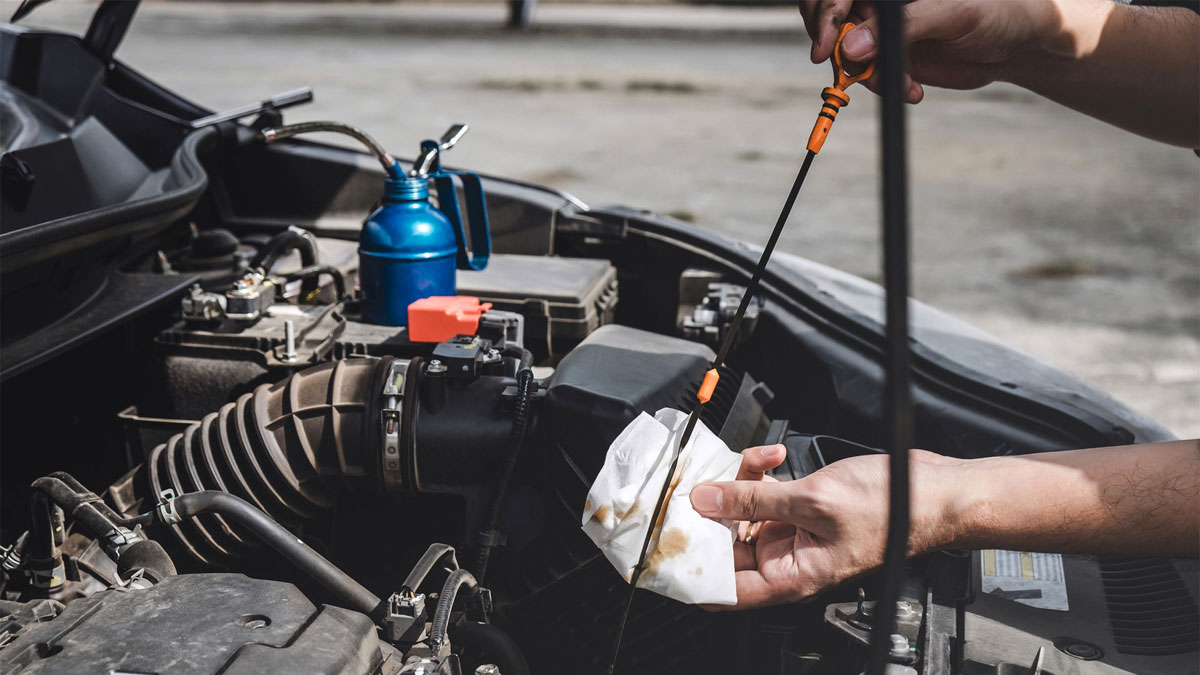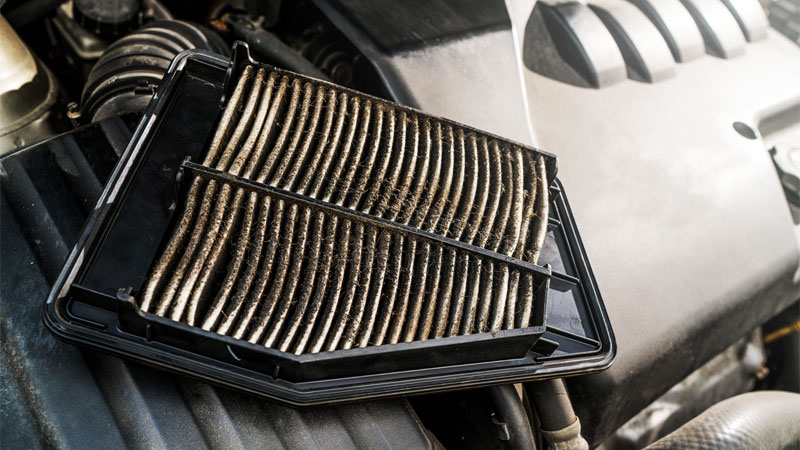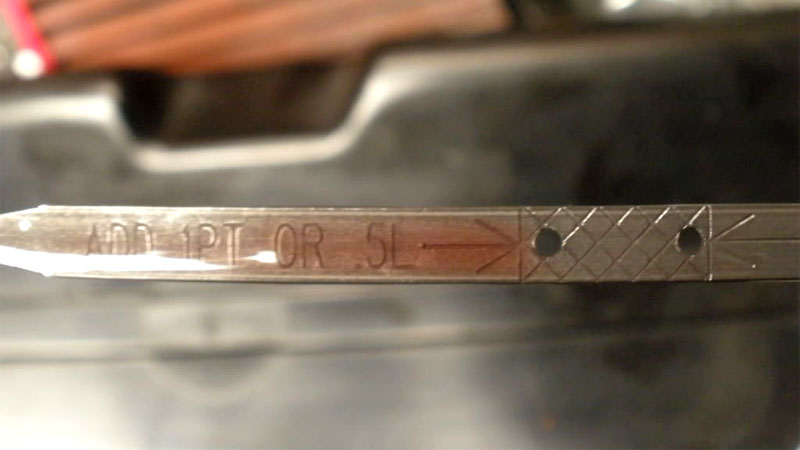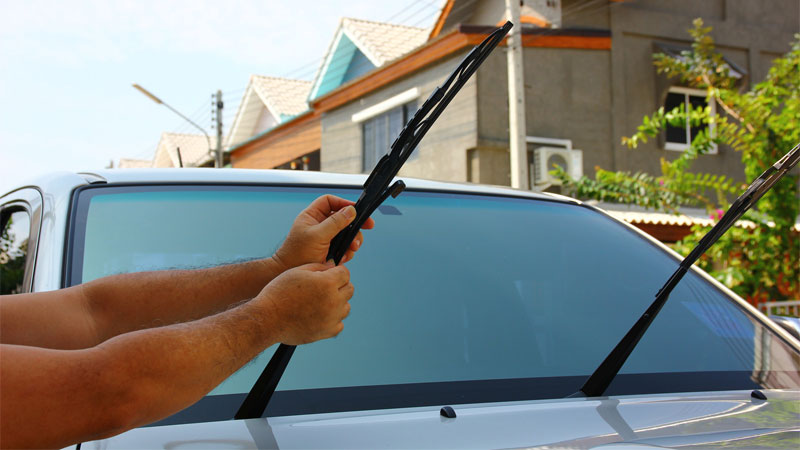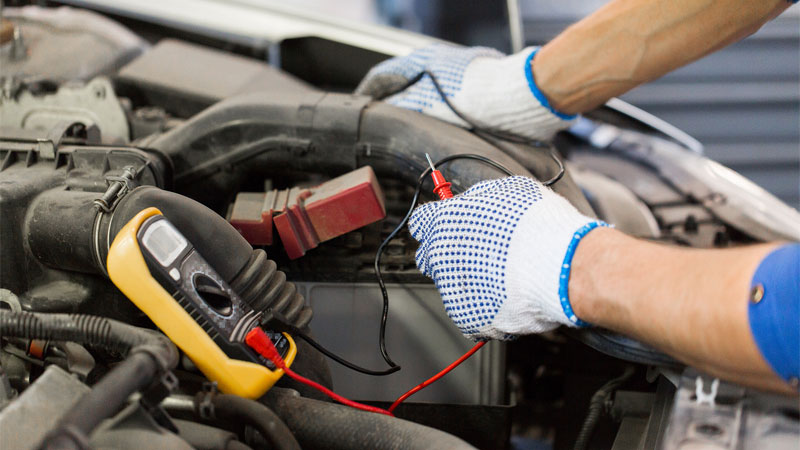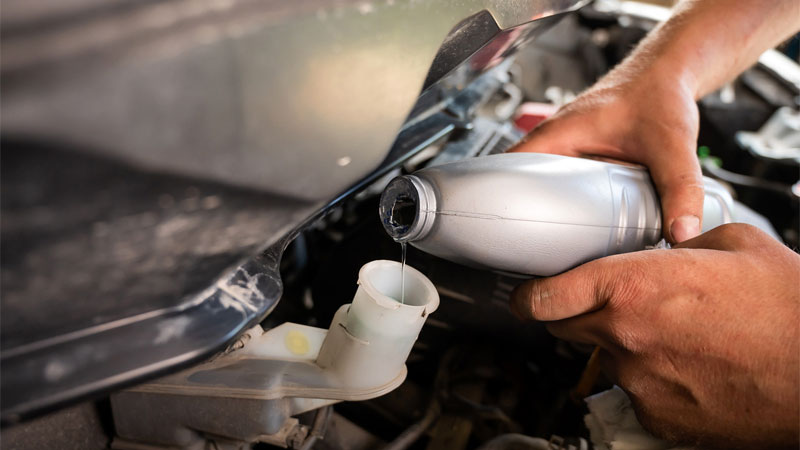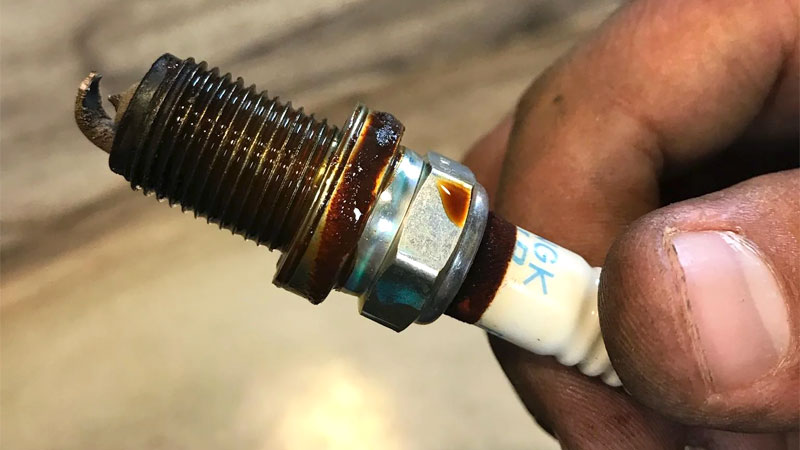Maintenance is something that you must always deal with if you’re a car owner. There are so many internal parts and components of a vehicle and if any one of them were to become damaged or worn out, it will cost you a lot of money to replace those parts.
Of course, this is bound to happen anyway, but you can preserve the lifespan of your vehicle and its parts by maintaining your car on a regular basis. That way, you can get the most life out of them that you possibly can.
Top 10 Car Maintenance Tips
Car maintenance doesn’t necessarily mean that you need to go to a quick lube or auto repair shop. Many of the ways that you can maintain your car do not require you to have advanced automotive knowledge.
You just need to have basic knowledge of cars. Even if you don’t have that, you can easily learn it from the internet. Otherwise, you can pay to have a professional do these things for you.
Below are 10 common things you should do when maintaining your car.
1. Change Oil
The most common way to maintain your car is to get regular oil changes. Oil is what lubricates the components of your engine. If you have dirty oil or start to lose oil in your engine, then it could cause irreversible engine damage.
So, get your oil changes at the intervals recommended by your car’s manufacturer. This is usually every 5,000 to 10,000 miles for most newer vehicles but as soon as 3,000 miles for some or when driving under demanding conditions.
Those who want a good beginner friendly DIY project, an oil change is a great place to start. All you need is a wrench, oil drain pan, ramps, oil filter, oil, funnel, rag, and less than an hour of your time.
2. Replace Air Filter
The purpose of the air filter is to provide clean, filtered air into the engine to mix with fuel which makes power that is transferred to the wheels. Over time, an air filter gets dirty and begins to clog from leaves, dirt, and other particles that it captures.
Without proper airflow, your engine is not getting the proper amount of air for the combustion process. At the very least, you’ll notice a decrease in horsepower and your fuel economy suffers because of it.
Too little airflow can also cause much more serious issues so make sure to replace your air filter at recommended intervals or clean it if you have a washable filter.
3. Replace Coolant
The coolant of your cooling system can get deposits built up in it just like oil can. It is recommended that you flush out the old coolant from your cooling system and then replace it with new coolant according to the manufacturer’s recommendations.
4. Wash the Exterior
This should be something that anyone can do. Washing the outside of your car will not only remove dirt, bird droppings, bugs, and other contaminants that can harm your paint, it simply makes your car look much better.
While you can simply go through an automatic car wash, you’ll do a better job and less the chance of scratches by washing it yourself by hand. All you need is a bucket, wash mitt, car wash soap, and a hose.
5. Replace Transmission Fluid
Transmission fluid doesn’t need to be changed too often but it will after a while in most cases. Some manufacturers want you to do so after 30,000 miles while others say 60,000 miles. Some vehicles even have a “lifetime” transmission fluid that shouldn’t need changing.
Just find out what your car manufacturer wants you to do.
6. Replace Windshield Wipers
Windshield wipers get worn out and the rubber on them gets dry and cracked after a while. If it rains and you find that your windshield wipers are not wiping away the rain as good or are leaving behind streaks, then you should replace them at your earliest convenience.
It’s imperative to buy the correct size wiper blades for you car. Go to wiper manufacturer websites if buying online or look up your year/make/model using the sizing catalog at your local auto parts store. Almost anyone can replace wiper blades themselves or have AutoZone replace your wipers for free.
7. Test Battery
Every car owner should have a battery tester and/or charger to check their car battery level. This will give you some indication of how much longer your battery will last before it goes bad you need to purchase a new one. You should test the battery at least twice per year.
8. Replace Brake Pads
Brake pads are a consumable product and will need to be replaced at regular intervals. Usually this will be anywhere from 20,000 to 50,000 miles or so. If you do a lot of stop and go driving, they’ll need to be replaced faster than on a car that’s mainly used for highway commuting.
It’s a fairly easy DIY job and not too expensive if you have them professionally changed. Don’t forget to also resurface the brake rotors or replace them if the material on them gets too thin.
9. Replace Brake Fluid
Moisture is attracted to brake fluid, which will then corrode the components of your braking system. That is why you need to replace your brake fluid at intervals specified by the manufacturer. Often, brake fluid is replaced as part of a brake pad and rotor replacement.
10. Replace Spark Plugs
A spark plug is what helps the internal combustion engine generate the electric spark that is necessary to start it up. These spark plugs should be replaced every 30,000 miles or according to your manufacturer’s recommendation to ensure they never fail. You can inspect them yearly in case any need replacing sooner such as when oil gets in your spark plug wells.
- History of the Chevrolet SSR: The Retro-Styled Convertible Pickup - Apr 25, 2024
- The History of the BMW M Coupe (the “Clown Shoe”) - Mar 26, 2024
- The History of the Ford Flex - Feb 28, 2024

